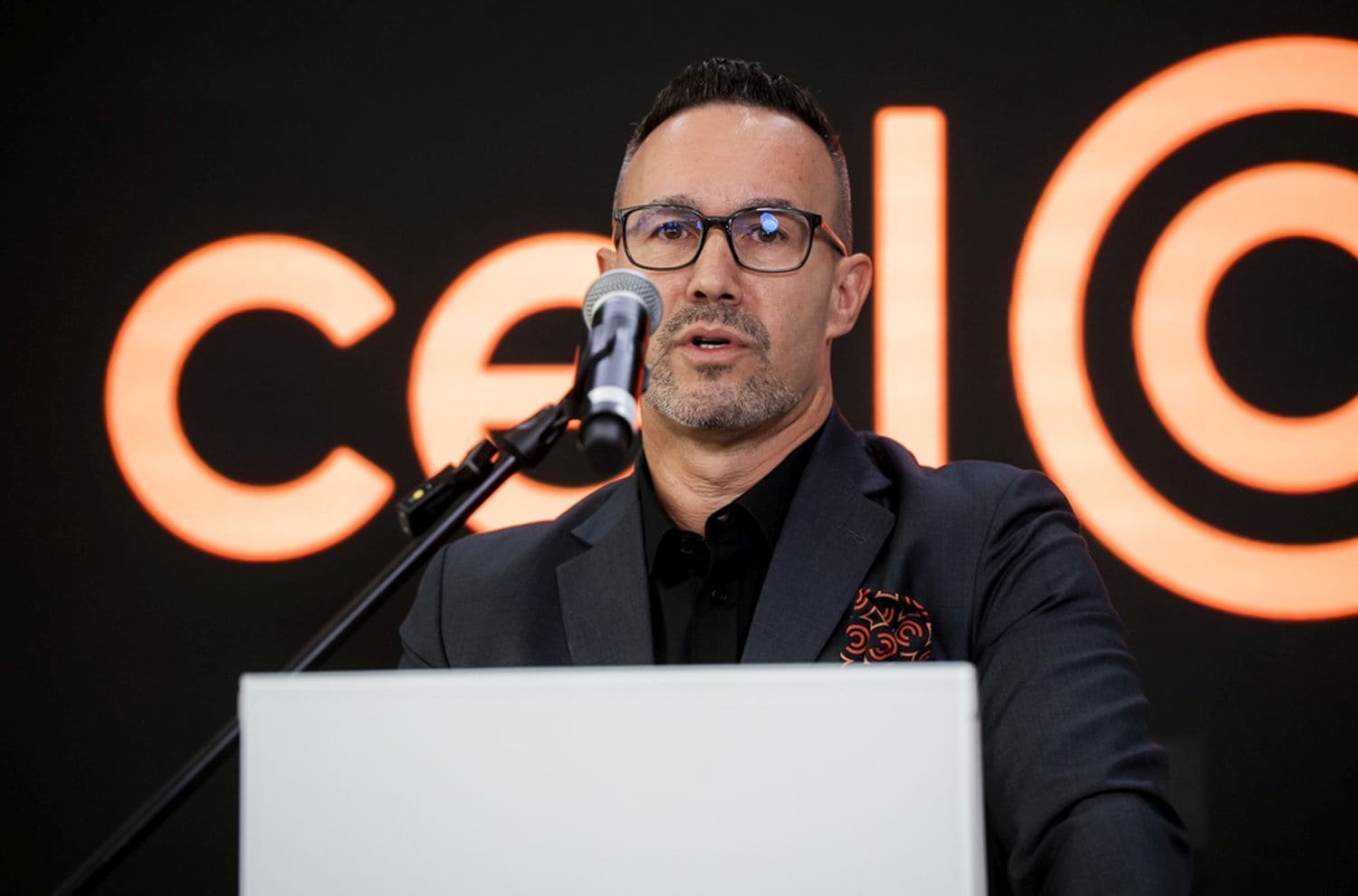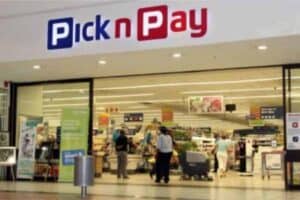Cell C Holdings was valued around R9 billion as of Thursday.

The Johannesburg Stock Exchange (JSE) welcomed Cell C on its main board on Thursday after raising R2.7 billion through its initial public offering (IPO).
Cell C’s majority shareholder, Blu, formerly known as Blue Label Telecoms announced plans to unbundle the mobile network and list it separately on the stock exchange in mid-2025.
The listing closed at R26.50 a share, valuing the mobile network at about R9 billion with 340 million ordinary shares in issue.
ALSO READ: Here’s how Cell C plans to list on the JSE – will it make money though?
Cell C lowers the selling price
Initially, Cell C had hoped to sell shares for R29.50, however, it ended up lowering the amount to R26.50 per share.
Jorge Mendes, Cell C CEO told The Citizen there are different reasons why it lowered the initial selling price.
“When you list there is a lot of moving parts, you go through a roadshow, presentation of your strategy, results and in Cell C’s case, we were quite a unique situation where we have the existing shareholder that’s effectively pre-IPO listing takes a much higher stake in Cell C because a lot of the debt that we had on our balance sheet was effectively shareholder debt,” he said.
“So you have got acquisition of those assets and you’ve got debt to equity conversion instruments for that. And so what we are listing is a consolidated pro forma Cell C, which is not the Cell C that you know.
“So for example, Communication Equipment Company is a handset financing business but they earned the revenue from the postpaid customers in Cell C as part of a recap structure that happened in 2020. So there was a 2017 and a 2022 transaction. These were very complicated.”
Listing of Cell C Holdings
Mendes added that what they were listing is the new Cell C, not the mobile network everyone knew for years and they have strong support for this new journey.
“So what we are listing is Cell C holdings, the pro forma forward looking. And what you have on this journey is you have a lot of feedback, very strong support for our strategy and very strong support for our team, our skill set, the management team, everything that we’ve done and a little bit of let’s wait and see,” he said.
He noted that there is never a great time to list, but what they wanted to do was to give the public access to this asset. Even with a lower share price, he said they are “perfectly” okay.
“So we’re perfectly okay. In a strange way it’s very good for incoming shareholders because it starts off at a very good price. A great valued asset that’s only got real room for improvement.”
R2.7 billion to go to Blu
Mendes said the R2.7 billion is going directly to Blu because they invested significantly in Cell C and there was a lot of debt to equity conversion instruments.
“We don’t need the cash because the new Cell C has just R2.7 billion on its balance sheet from a debt point of view and largely that’s trading debt, its R1.7 billion made up of handset financing structures with African bank for our post pay business,” he said.
“So that’s an all bank trading facility for handset financing and a billion rand which is our leases, our head office. We have 103 shops that have leases, we have vehicles and so that makes up that’s really the trading debt. So we’re debt free. Its a clean asset that allows us access to capital markets like any other organiwation.”
El Kope, Cell C’s chief financial officer said “in essence Blu bought the debts for more shares. They took over the debt for more shares and sold down. They took care of the debt going into the transaction and then they get the monetary value by selling down the asset.”
ALSO READ: WeBuyCars tanks 14% on JSE
Strategic investment for the network
Speaking on strategic investments that Cell C will be making to regain competitiveness in the market, Mendes said they have invested quite significantly.
“We have put in a new prepaid billing system done on time. We have rebranded completely in August of last year. We have built nearly 70 new shops in 12 months. We have put in a new billing system in the cloud for our Mobile Virtual Network Operator (MVNO) business. We have improved our cybersecurity posture and continue to do so,” he said.
The mobile network has shifted to a capex-light (capital expenditure) model by focusing on operational expenditure (opex) through an asset-light strategy, which involves using its own spectrum and roaming agreements with MTN and Vodacom instead of building and owning its own physical network infrastructure
“We believe our lines of business in terms of how we are competitive is a very good model because we are capex-light, we swap capex for opex, we roam with two very good partners in the form of MTN and Vodacom so we effectively give them very good revenue that they can invest into their own infrastructure or bank it.
“We think that helps to create a much healthier sector because the return on capex depends on deployed is increasingly more difficult and this is a form of consolidation that you have maybe one or two or three infrastructure players so we think that’s a very good strategy.”
Regulatory requirements
Speaking on whether there are mechanisms are in place to protect investors, particularly in the IPO where the company has histories of financial challenges, Maurice Madiba, head of primary markets at the JSE told The Citizen there are regulatory requirements in place.
“There are regulatory requirements that determine whether a company is eligible to enter the exchange or not,” he said. “And so Cell C was able to meet these requirements and then, you know, come to market and list at the price that they did, be that as it may.
“But in essence, the regulatory requirements then protect investors in the sense that a lot of due diligence is done on the business when they submit their pricing documents.
“Now, when a company issues a pricing document, it doesn’t mean that JSE endorses it and says go and buy, but actually it says that we’ve applied our checks and balances to this particular business and we are satisfied that it’s able to meet the requirements to be listed among other players that are on the exchange.”
Investors can apply caution
Madiba added that now that Cell C is a publicly listed company, it is legally bound to release its financial results to the public so that investors can determine what next steps they want to take.
“So now you’ll be able to see and determine how the company has performed when they publish their next set of results because it will now be public information as they’re a publicly listed business. So investors must always apply caution when investing.
“But I think the disclosures and you know, the regulatory requirements being met should satisfy most of that. It’s something you can take a look at, you know, and that’s what we really want, is to get more people buying and trading and being invested in the companies on the exchange.”






